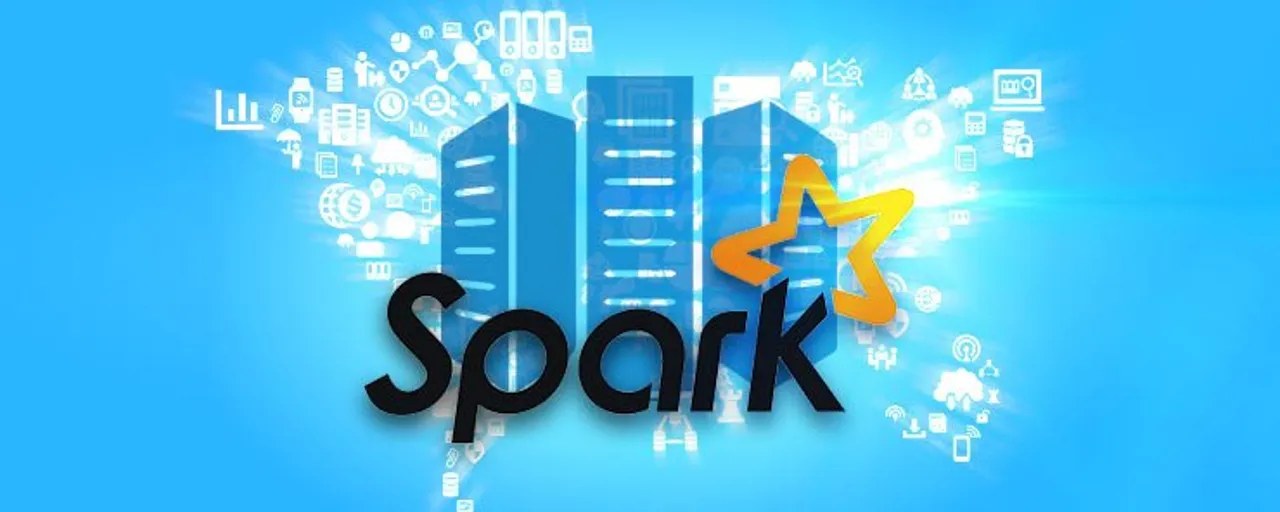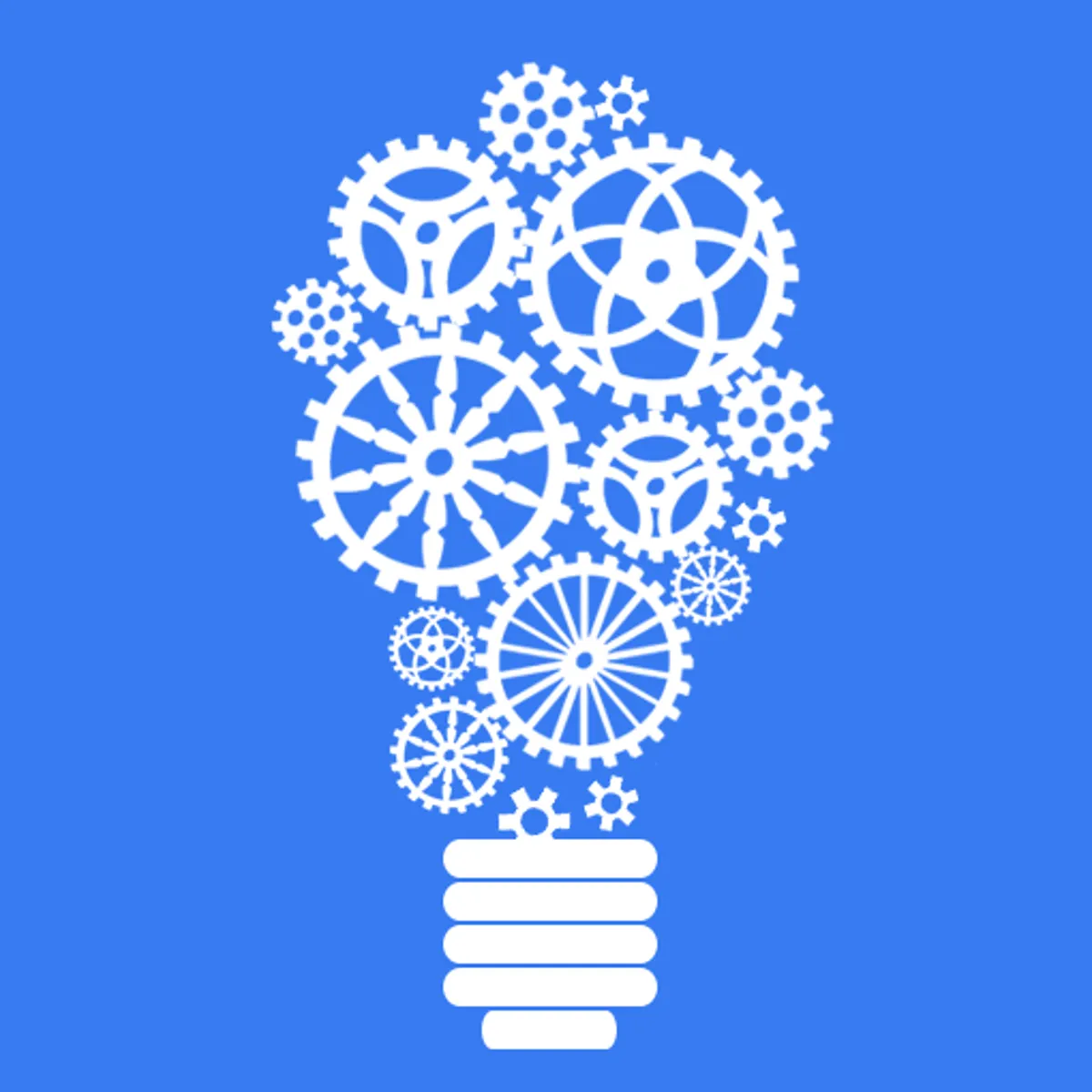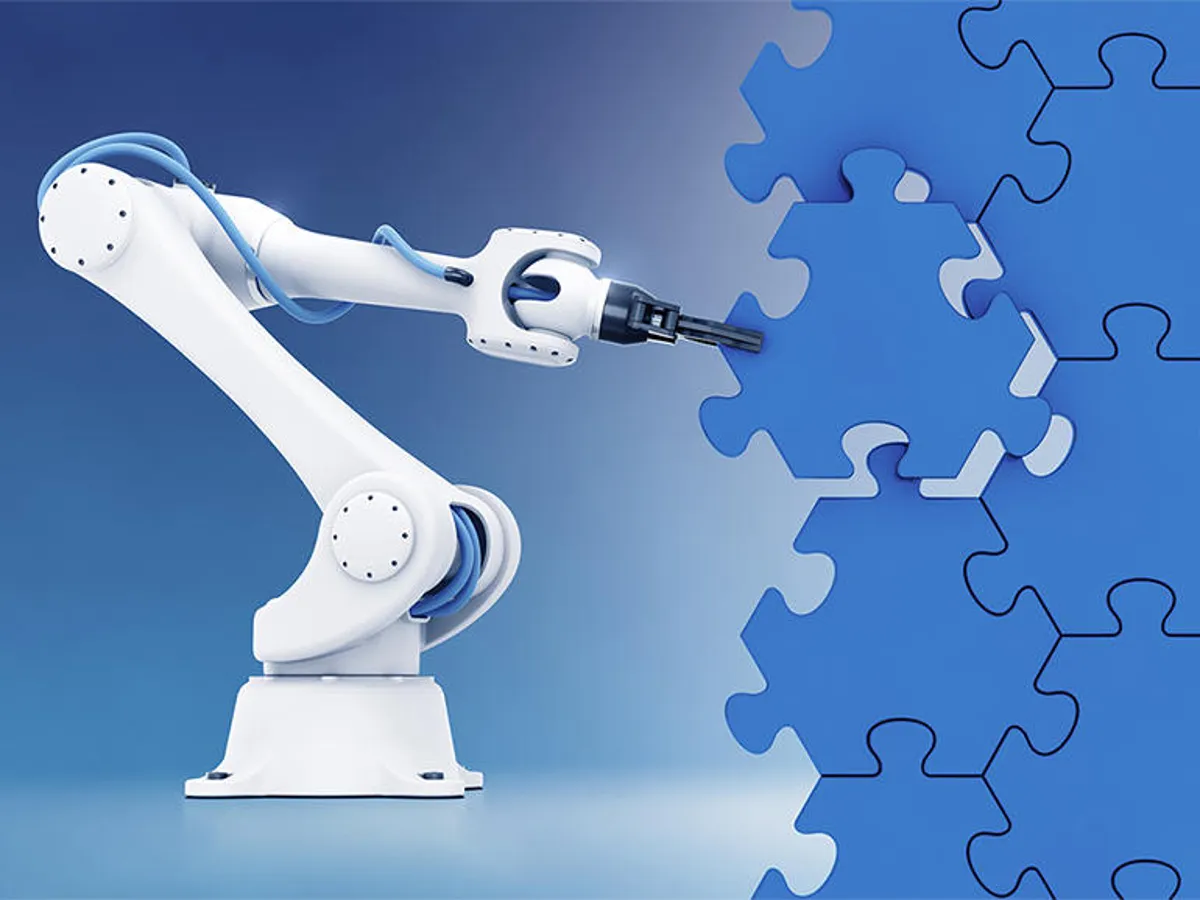IBM DataWorks, a holistic approach to leveraging data

This week at Strata, IBM unleashed a series of announcements and presentations about its Project DataWorks. DataWorks takes some deciphering to figure what it is exactly: a (line of) product(s), a methodology, or a strategic initiative. Spoiler alert: it’s all of the above.
First off, the DataWorks moniker is not new. It has been around for a while, initially used to describe IBM BlueMix Data Integration capabilities. But now DataWorks has been re-purposed as an all-inclusive headline for what IBM touts as the first cognitive data platform. It’s more than just a technological platform, however, so let’s take a look at what DataWorks is comprised of.
DataWorks leverages two of IBM’s greatest strengths, plus an industry darling it has adopted: the BlueMix PaaS cloud, offering advanced services for application development; Watson, IBM’s spearhead in advanced analytics and AI capabilities; and Apache Spark, the dominant platform for Big Data analytics. IBM takes pride in being the #1 committer to Spark, while both BlueMix and Watson have been around for a while.
So there’s not much new here, except maybe for the way IBM promotes integration of analytics and AI capabilities in everyday applications. This is a trend that has been unfolding for a while, and IBM does not want to be left behind.
IBM says the norm for applications will soon be to incorporate 10-15 external data sources and to use them to offer embedded insights and functionality. So the claim is that by using the DataWorks stack, insights developed for example via an R model can be infused into an application developed on BlueMix, at the click of a button.



